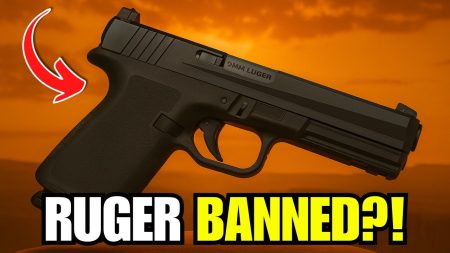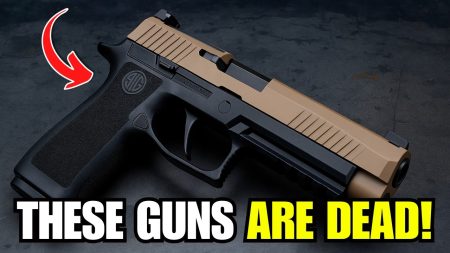The thunder of American battleships shaped sea power and world history in the 20th century. From the first U.S. dreadnoughts through the fast Iowas and the never-built Montanas, the United States Navy moved from a nascent power to the most dominant force ever seen on the seas. In this article, I intend to provide a concise, class-by-class look at these battlewagons.
There are four general battleship types seen in the Navy’s history: pre-dreadnoughts, dreadnoughts, standard-type battleships, and fast battleships. Not every design is a perfect fit into one of the four categories, but categories help organize the design philosophies.
Prior to 1906, U.S. battleships were substantially different animals. They were officially classified as battleships, yet they lacked the significant firepower that more-modern ships packed. The pre-dreadnought ships were mixed caliber systems that used just a few large guns, relying on many smaller guns and torpedoes to engage the enemy.

The U.S. Navy moved from pre-dreadnoughts to “all big gun” dreadnoughts starting with South Carolina-class. From the Nevada-class through the Colorado-class, the Navy embraced a “standard-type” philosophy: common tactical speed (of about 21 knots) with a tight turning circle for maneuvering. Treaty limits during the Interwar years, agreements like the Washington Naval Treaty in 1922 limited the U.S. Navy’s ability to design and build battleships. Ship displacement and gun size were capped for years.
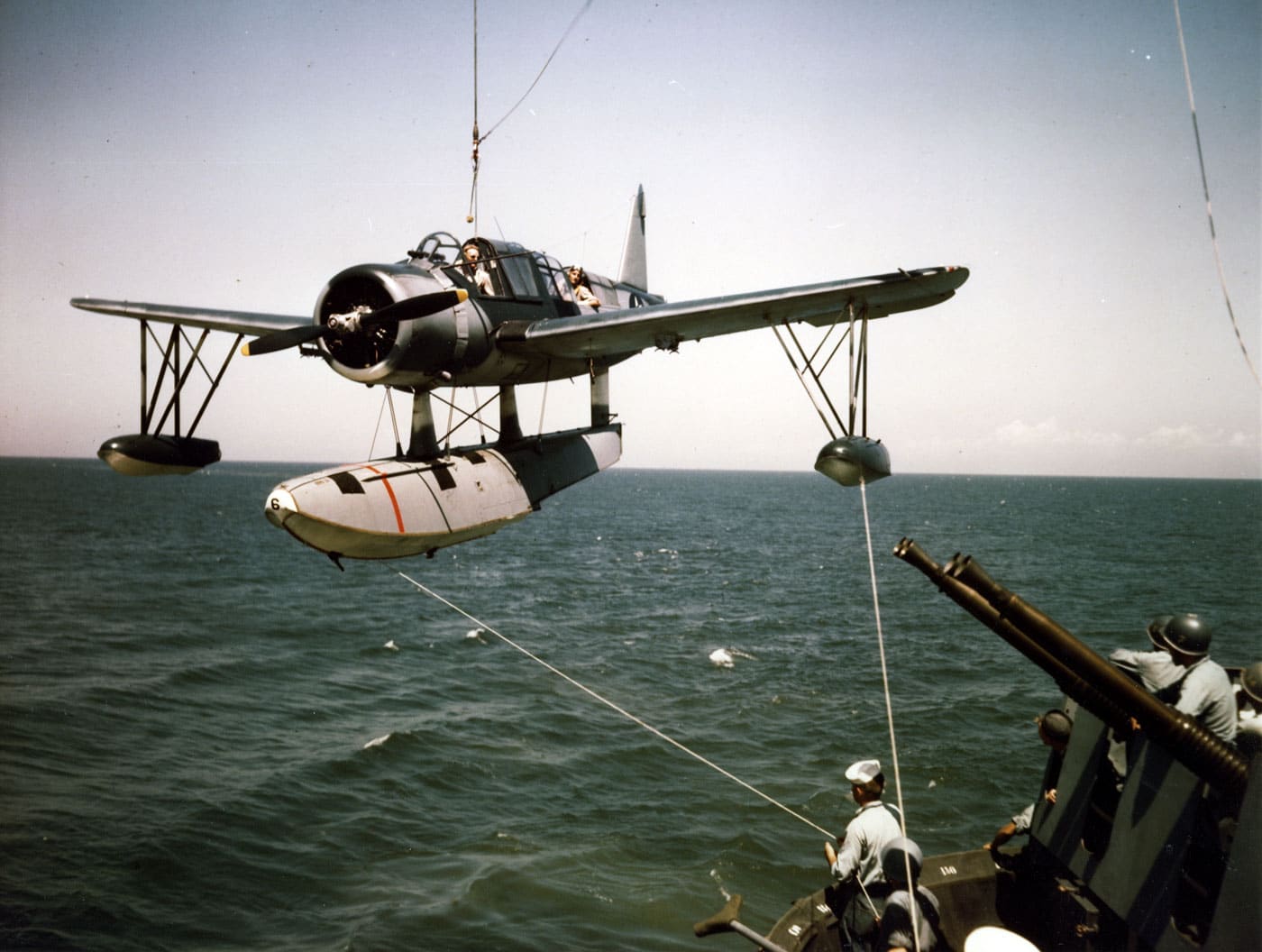
Once war became inevitable, the prior treaties fell away and America began planning modern battleships for the coming storm. These were the “fast battleships” that saw a great deal of action in World War II and served through the end of the Cold War. They were the greatest, and last, battleships to prowl the oceans.
Pre-Dreadnought Battleships
The USS Texas is considered to be the first battleship of the U.S. Navy. Some naval historians consider the Texas and its sister ship, the USS Maine, to be armored cruisers instead of true battleships. Others refer them as second-class battleships.
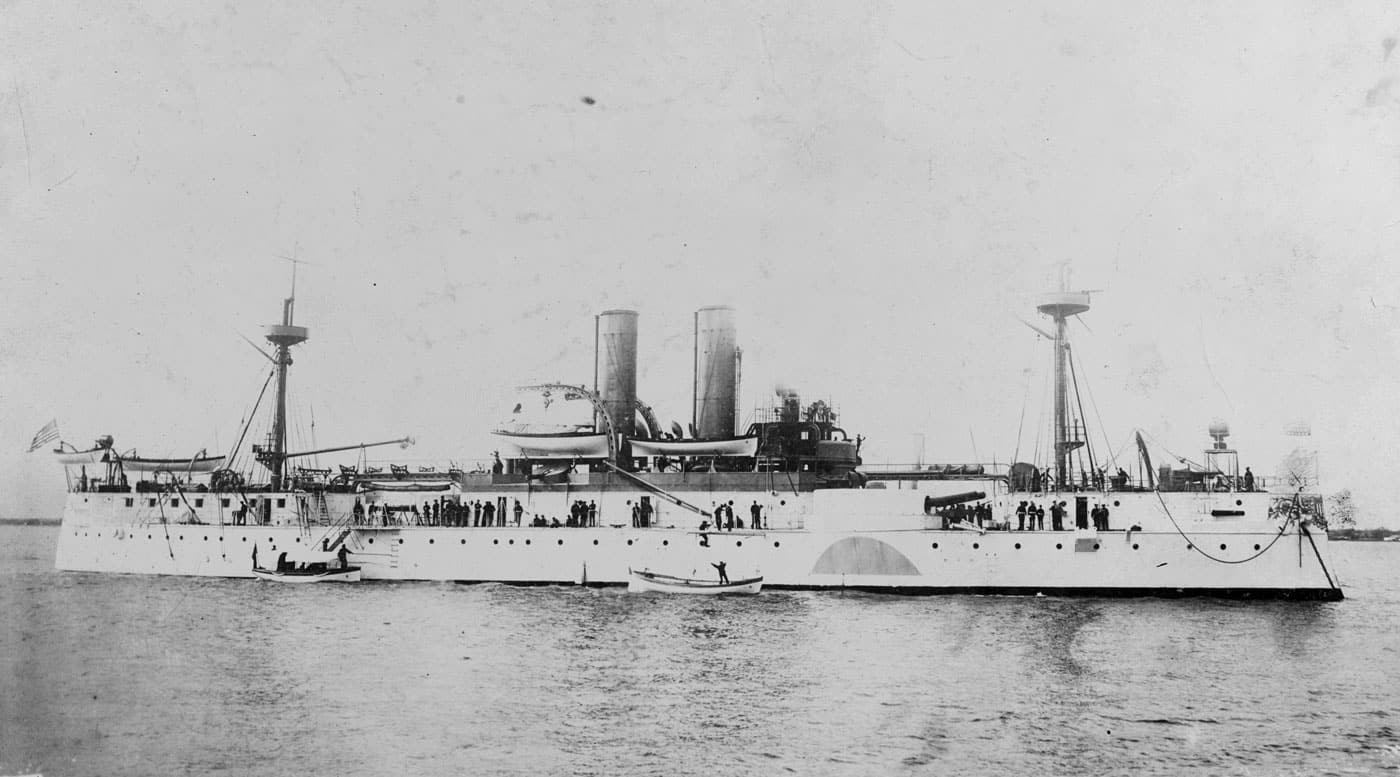
Starting with the USS Indiana (BB-1), the ships were officially designated as battleships.
Indiana-Class
These pre-dreadnought ships were all built and launched in the 1890s. Considered more as coastal defense ships rather than a projection of power, they were largely built as a counter to battleships being built in South America.

Indiana-class ships suffered from a variety of problems including improperly designed belt armor and difficulties in operating in open waters. Nevertheless, the three ships in this class — the USS Indiana, the USS Massachusetts (BB-2) and the USS Oregon (BB-3) — all served during the Spanish-American War. Additionally, the Oregon deployed to China during the Boxer Rebellion.
USS Iowa (BB-4)

The USS Iowa was a unique ship rather than being the lead ship of a class. Commissioned in 1897, the Iowa was built with the Indiana-class faults in mind. Unlike the prior class, the Iowa was designed to operate in the oceans.
Kearsarge-Class
The Kearsarge-class of battleships consisted of just two examples: the USS Kearsarge (BB-5) and the USS Kentucky (BB-6). These ships were a blend of the Iowa and Indiana-class ships, with a variety of new features. Some worked while others did not.
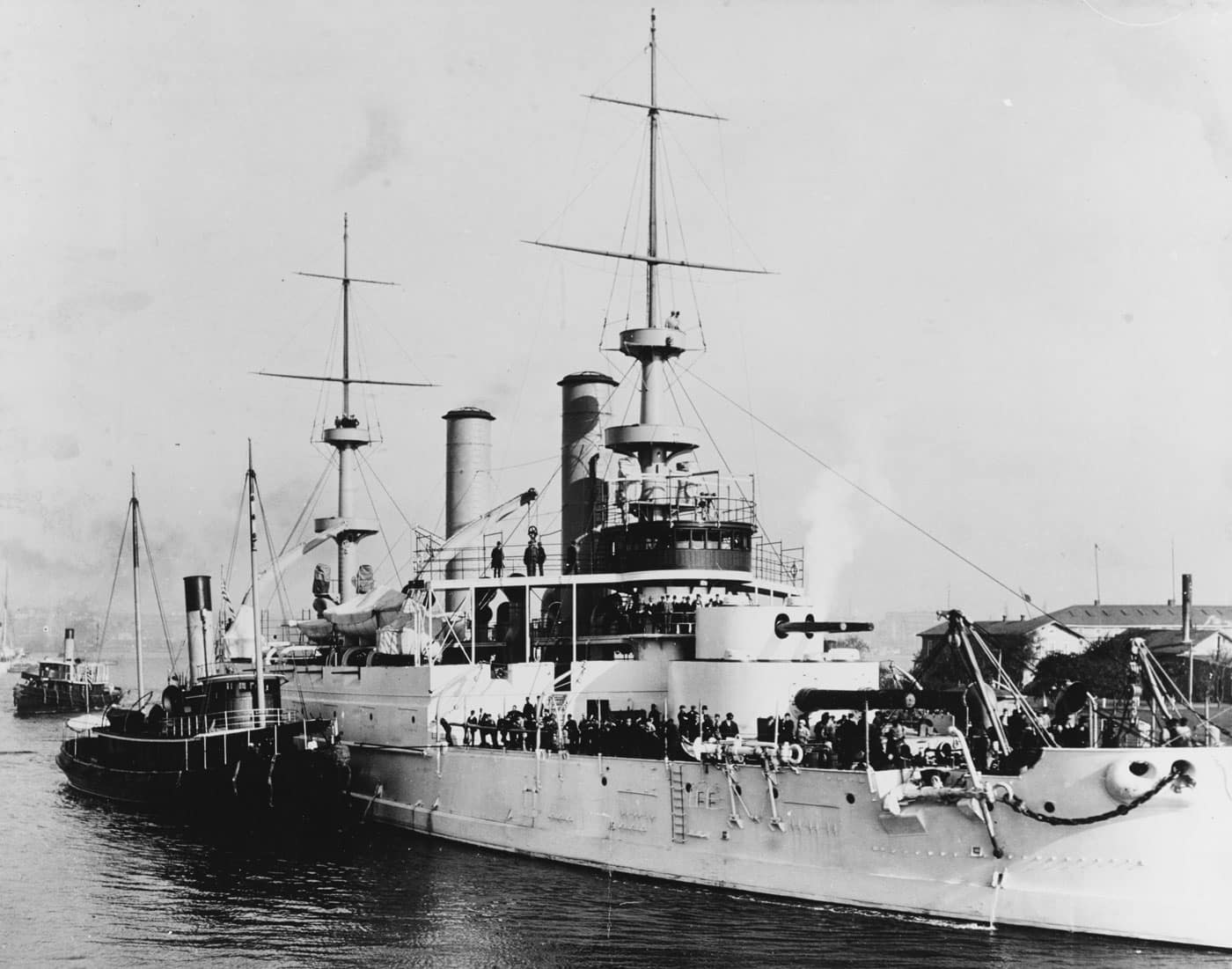
One of the interesting aspects of these ships was the use of a double turret. The ships used a two-story turret with a pair of 13″ guns in the lower turret and a pair of 8″ guns in the upper turret.
The USS Kearsarge is the only U.S. battleship not named after a state. Instead, it was named after a Civil War-era sloop-of-war of the same name.
Illinois-Class
Consisting of three ships, the Illinois-class battleships were a bridge in designs and technology. The ships incorporated rapid-fire secondary guns and new turrets. However, the armor and powerplants were older, outdated designs.

The three ships were the USS Illinois (BB-7), USS Alabama (BB-8) and USS Wisconsin (BB-9). All of them were commissioned between 1900 and 1901. Advancing technology quickly left these ships behind. By the time World War I started, the ships had already been transitioned to training ships.
Maine-Class
Not to be confused with the USS Maine that sank in Havana harbor, the Maine-class battleships were all commissioned between 1902–1904. They were the USS Maine (BB-10), USS Missouri (BB-11) and USS Ohio (BB-12).

These ships were very modern when they were designed, and they incorporated advancements like smokeless powder for higher-velocity guns. Also, the ships used a new, stronger armor that outclassed all of the American battleships that came before. Even so, they were used only as training ships in World War II and were all scrapped shortly thereafter.
Virginia-Class
The Virginia-class battleships were the most prolific series made to date by the United States. They were:
- USS Virginia (BB-13)
- USS Nebraska (BB-14)
- USS Georgia (BB-15)
- USS New Jersey (BB-16)
- USS Rhode Island (BB-17)
Unfortunately, they were a flawed design that helped make them obsolete at their commissionings. One of its biggest flaws was the turret design. Like the Kearsarge-class ships, these used a stacked turret design. However, these turrets were unable to work together. The upper 8″ guns were unable to be fired independently of the main 12″ guns.
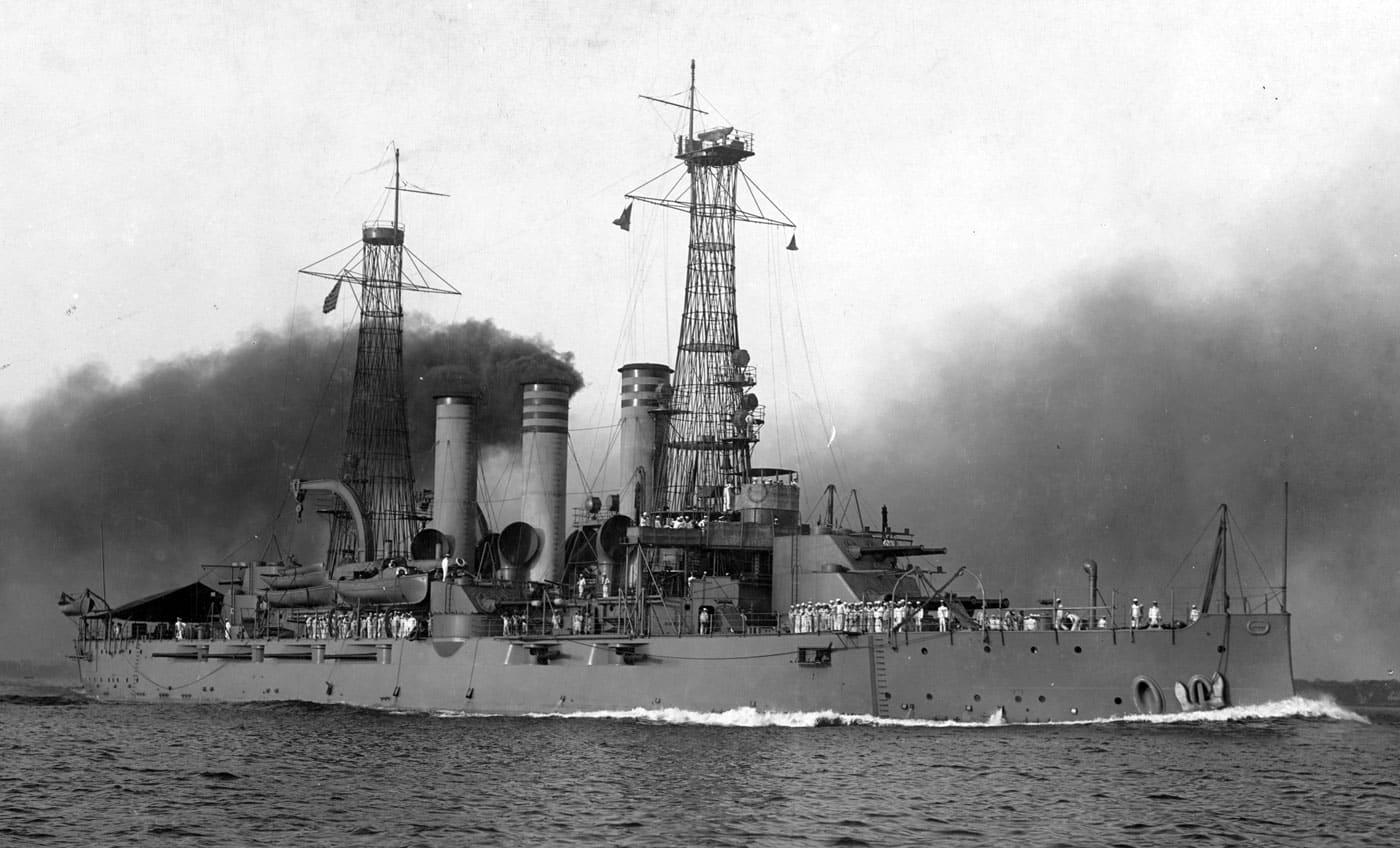
Prior to WWI, the ships saw duties in Central and South America during so-called police actions. Their use was limited in The Great War, and all ships were disposed of in 1923: two sunk, and three were scrapped.
Connecticut-Class
As the world entered the dreadnought-era, the United States continued to build older, mixed-caliber battleships. The Connecticut-class was a series of six ships that commissioned between 1906 and 1908.
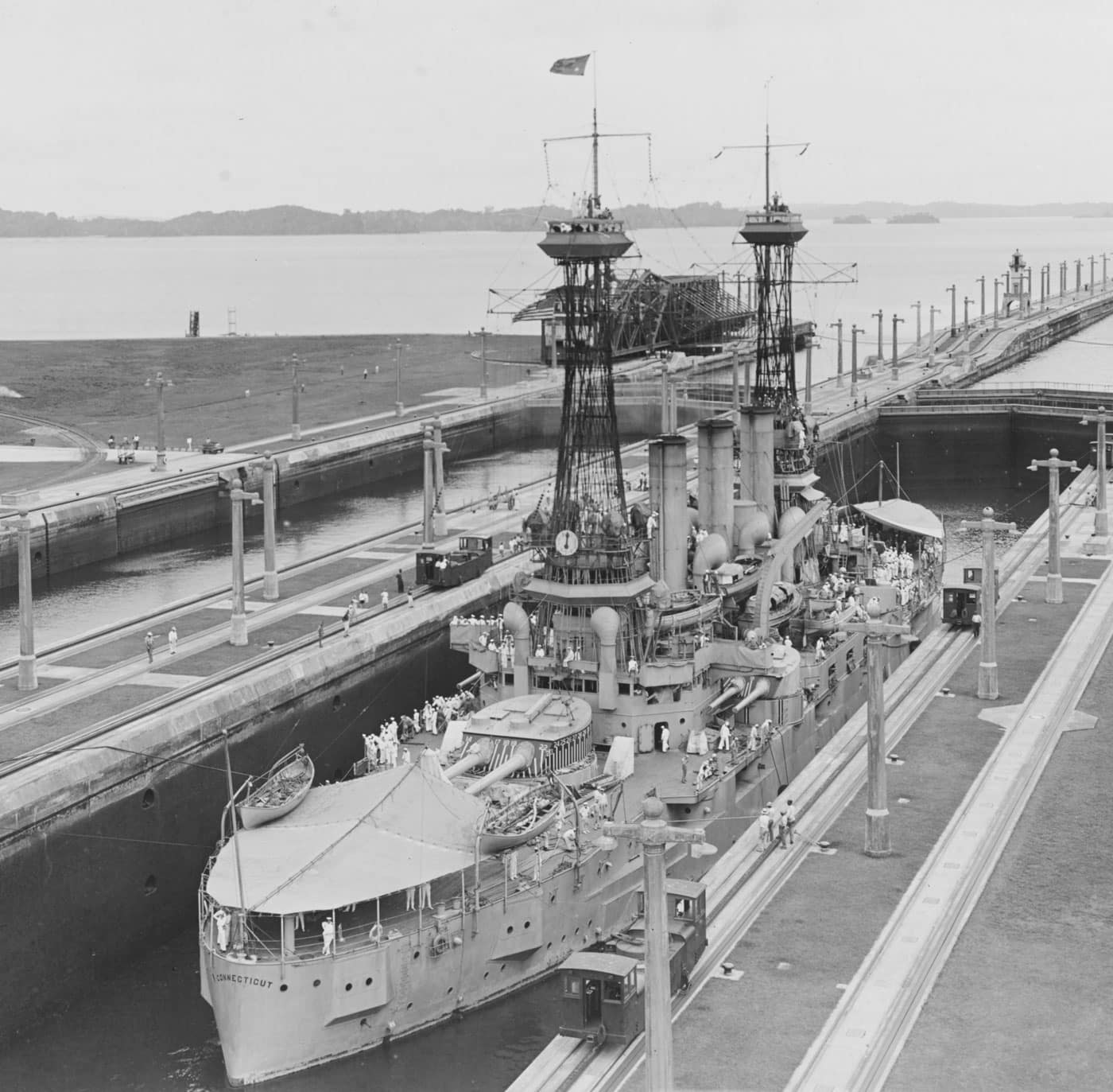
As the HMS Dreadnought was completed before most of these ships commissioned, they were obsolete immediately. They were:
- USS Connecticut (BB-18)
- USS Louisiana (BB-19)
- USS Vermont (BB-20)
- USS Kansas (BB-21)
- USS Minnesota (BB-22)
- USS New Hampshire (BB-25)
These ships were used in much the same way as the Virginia-class battleships had been. All were scrapped by 1924.
Mississippi-Class
The Mississippi-class battleships were the last pre-dreadnought ships commissioned by the United States. However, the USS New Hampshire, a Connecticut-class ship, was the last old-style battleship to be laid down.
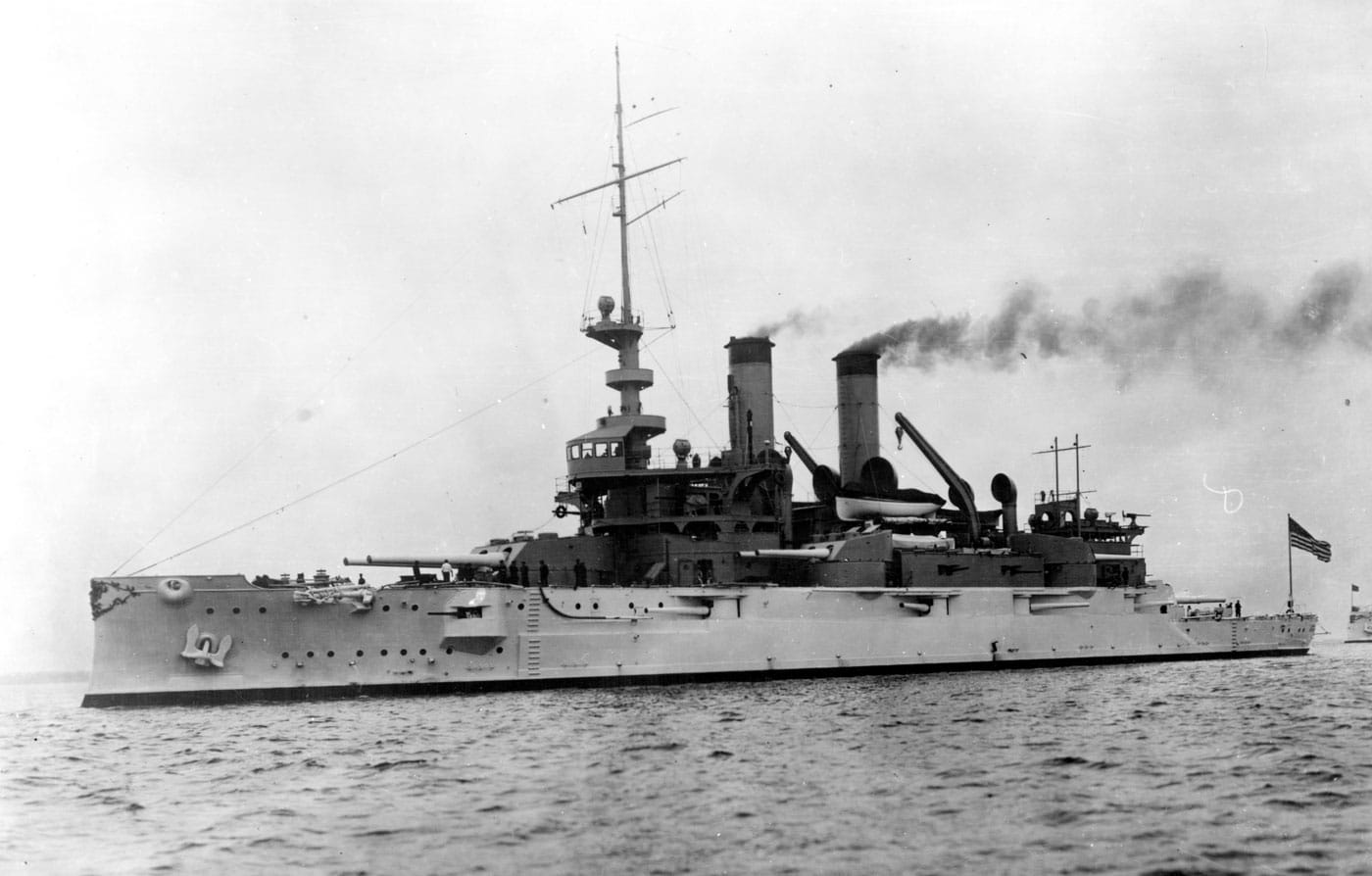
There were only two ships in this series: the USS Mississippi (BB-23) and the USS Idaho (BB-24). Many consider these battleships the finest to be built by the United States to that point. Yet, they were completely obsolete when they commissioned in 1908. After just six year of service, both were sold to Greece.
As Greek-flaged battleships, the Kilkis and Lemnos served in the Allied intervention in the Russian Civil War and in the Greco-Turkish War. The ships again saw action in 1940 when Italy invaded Greece. Greece was successful in pushing Italy out of their lands, but in 1941, the German Wehrmact invaded. Both battleships were attacked in the waters of Salamis Naval Base by Junkers Ju 87 dive bombers. The Greek battleship Kilkis was sunk while the Lemnos was intentionally beached to prevent her sinking.
American Dreadnoughts
The dreadnought era of battleships began in 1906 with the Royal Navy launched the HMS Dreadnought. The Dreadnought was a powerful new warship with a previously unseen compliment of large caliber main guns. This began a new arms race on the high seas with each new design outperforming the last. By the end of World War I, the HMS Dreadnought itself was no longer viable warfighter.
In the United States, the dreadnought era began with the South Carolina-class.
South Carolina-Class
This was a two-ship series and the first dreadnoughts built by the United States. Consisting of the USS South Carolina (BB-26) and the USS Michigan (BB-27), the ships were fitted with eight 12-inch guns: double the heavy firepower of prior U.S. Navy ships. The design was clearly a new direction and it visually would be very similar to the most modern battleships that the U.S. Navy would eventually field.

Even though these dreadnoughts were shorter and lighter than foreign dreadnoughts, the ships were relatively slow with a maximum speed less than 19 knots. Commissioned in 1910, both battleships were broken in up in 1924 due to the notorious Washington Naval Treaty.
Delaware-Class
The next generation of American dreadnoughts was the two ship Delaware-class. They were bigger, faster and better armed. Consisting of the USS Delaware (BB-28) and the USS North Dakota (BB-29), the ships had a maximum speed of 21 knots and were armed with ten 12-inch guns.

Both ships served during World War I and were broken up during the Interwar period.
Florida-Class
The Florida-class of battleships consisted of just two ships: the USS Florida (BB-30) and the USS Utah (BB-31). The ships were slightly larger than their predecessors and were both built with steam turbine engines. As with the Delaware-class, these ships were equipped with five turrets — each with a pair of 12″ guns.
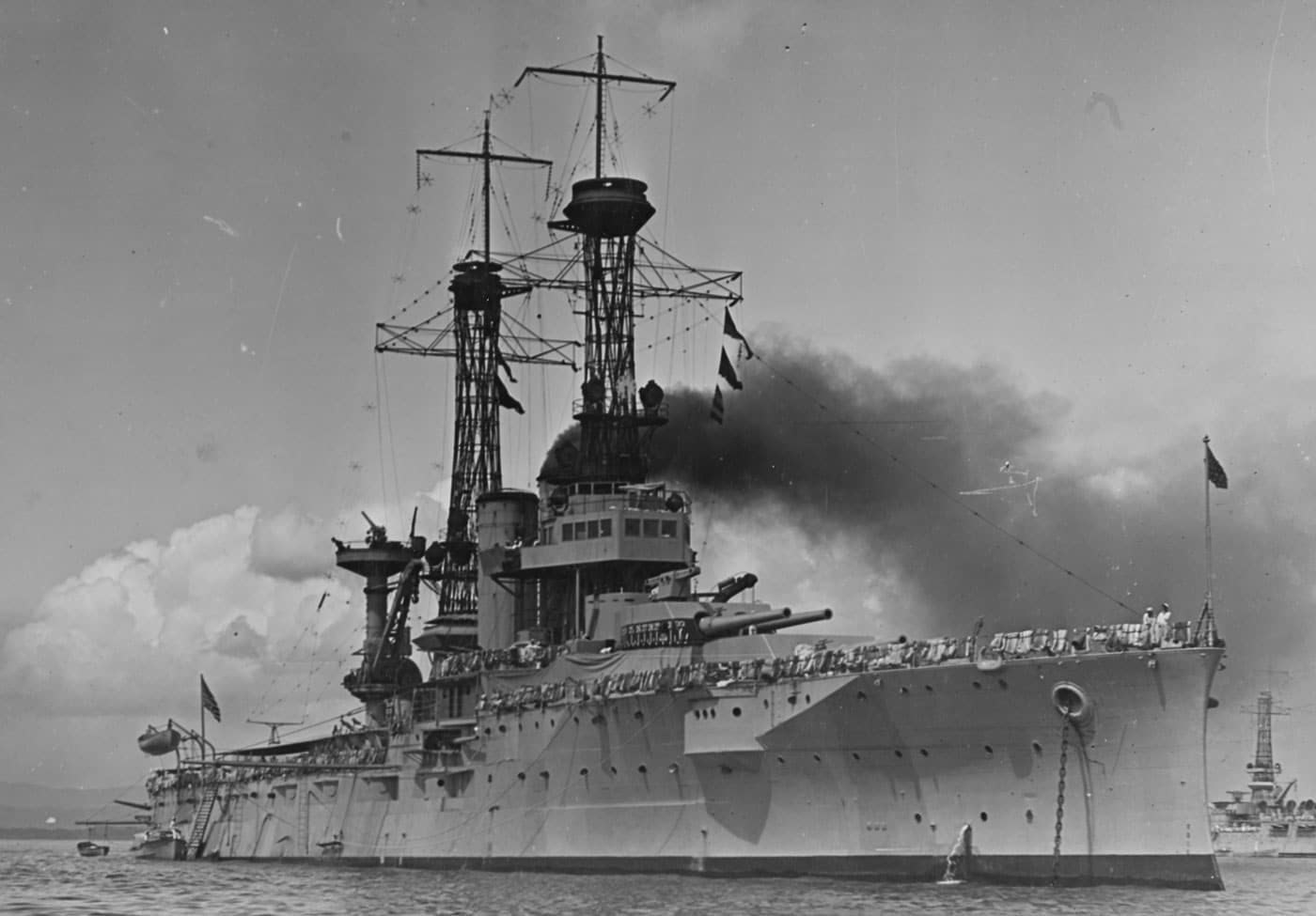
Both served in World War I. The Florida would eventually be decommissioned in 1931. The Utah, on the other hand, holds the unfortunate distinction of being the oldest battleship in the U.S. Navy during World War II. On December 7, 1941, the USS Utah was tied up on battleship row at Pearl Harbor. In the Japanese attack, the Utah was hit by torpedoes, rolled over and sank. While many of the crew were able to escape, 58 men died aboard the Utah.
Wyoming-Class
Battleships continued to evolve and the Wyoming-class was an example. The USS Wyoming (BB-32) and the USS Arkansas (BB-33) were the sole ships in this class. The Florida-class had five turrets, each with a pair of 12″ guns. These added a sixth turret bringing the main armament up to twelve 12″ guns. Additionally, the guns were the newer Mark 7 guns that were more powerful than the older models.
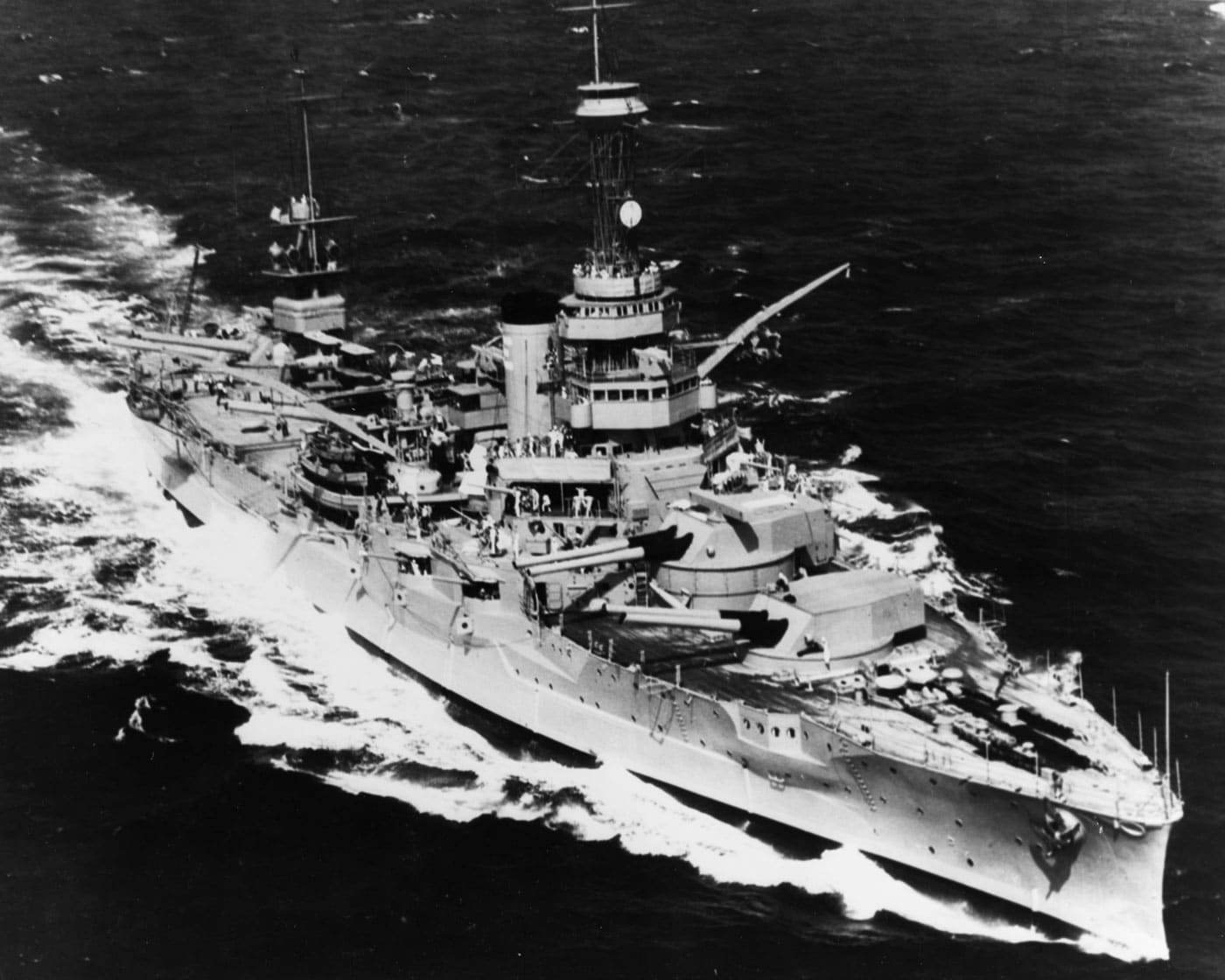
Both battleships served in World War I and evaded early destruction due to the Washington Naval Treaty. However, the Wyoming was somewhat defanged by the 1930 London Naval Treaty. All of her main guns would eventually be replaced by 5″ guns and she would be used as a training ship — vital for all of the sailors entering the service after Pearl Harbor. Stationed on the East Coast, the Wyoming would be instrumental in developing tactics for countering Japanese kamikaze attacks.
When World War II came around, the Arkansas was employed in Neutrality Patrols and in convoy duties in the Atlantic. It also provided gun support in Normandy for Operation Neptune and later in southern France for Operation Dragoon. After a refit, she steamed to the Pacific Ocean and provided gun support at Iwo Jima and Okinawa. She earned four battle stars — the oldest battleship to do so.
New York-Class
The New York-class battleships were the last of the American dreadnoughts, and were considered super-dreadnoughts. Both ships — the USS New York (BB-34) and the USS Texas (BB-35) — served in both World Wars, though WWII was the real test for both of them. Each saw combat in both the European and Pacific theaters.

Today, the USS Texas is a museum ship located at Pier 15 in Galveston, TX. At the time of this writing, the ship has undergone extensive repairs and preservation work to the superstructure and interior compartments is ongoing. Limited tours are available now, and the ship is expected to have a grand reopening in 2026. It is the sole dreadnought remaining anywhere in the world.
Standard-Type Battleships
Not including canceled builds, standard-type battleships were a collection of 13 ships that entered service between 1916 and 1923. Many were upgraded during the Interwar Period and served during World War II. With the exception of the USS Mississippi (BB-41), all were out of service before 1950. They provided the bulk of battlewagons in the U.S. Navy fleet during the Second World War.
Nevada-Class
Another two ship classification, the Nevada-class battleships was comprised of the USS Nevada (BB-36) and USS Oklahoma (BB-37). Both ships displaced more than 27,000 tons, boasted a 13.5″ armor belt and was equipped with four turrets that accounted for a total of ten 14″ guns. Lower turrets had three guns while the two upper turrets were equipped with two.
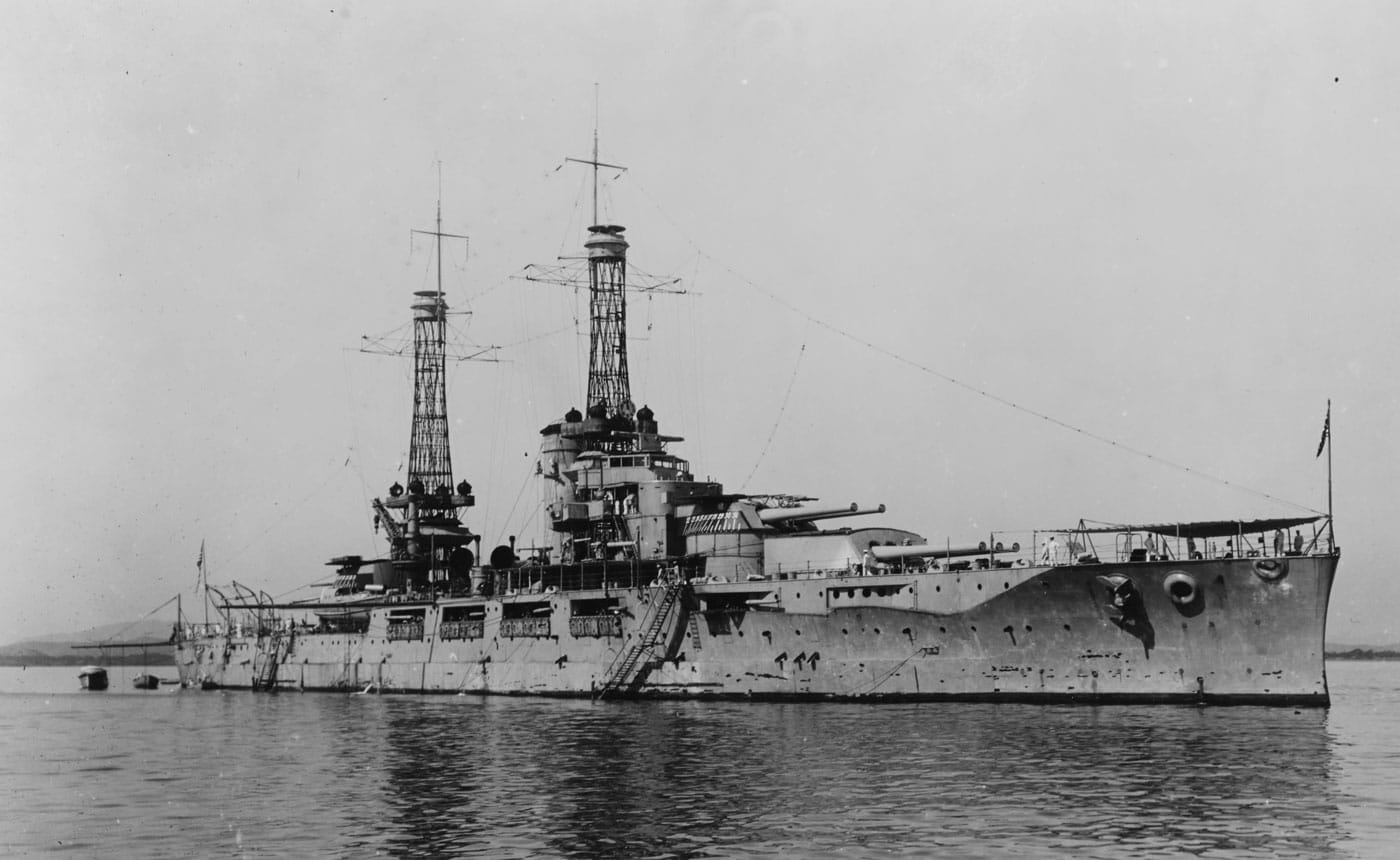
The Nevada was heavily damaged at Pearl Harbor — being struck by an estimated 6-10 bombs and at least one torpedo during the attack. Nevertheless, through the heroic efforts of the officers and crew, the Nevada was able to get underway and made for shallower water when its sinking seemed imminent. It beached at Hospital Point. Because of these efforts, the ship was able to be refloated, repaired and upgraded. It provided support during the Alleutian Islands campaign, at Normandy, in Operation Dragoon, at Iwo Jima, and at Okinawa.
Her sister ship did not survive Pearl Harbor. In the opening minutes of the battle, the Oklahoma was struck by three Japanese torpedoes. As she began to capsize, between two and five additional torpedoes struck her. More than 400 men were killed aboard the Oklahoma including the three Barber brothers and the first U.S. chaplain to die in World War II — Father Aloysius Schmitt.
By June 1943, the ship was righted. Too extensively damaged for repair, the ship was stripped of all working guns and machinery. She was decommissioned in 1944 and sold for scrap after the end of the war.
Pennsylvania-Class
An evolutionary step forward from the Nevada-class, the Pennsylvania-class battleships featured twelve 14″ guns, improved deck armor and displaced more than 31,000 tons. There were two ships in this class: the USS Pennsylvania (BB-38) and USS Arizona (BB-39). These ships were the pride of the U.S. Navy during World War I.

On December 7, 1941, both the Pennsylvania and the Arizona were in Pearl Harbor. In drydock, the Pennsylvania was immune to the highly effective Japanese torpedo bombers. However, it was hit by both high altitude bombers and strafing. In comparison to many of this ships at Pearl, the Pennsylvania was only lightly damaged and suffered relatively few casualties with fewer than 70 killed, wounded and missing. Within days, she was at sea. The USS Pennsylvania served with distinction throughout the Pacific Theater.
Most Americans know of the Arizona‘s fate. In the opening minutes of the attack, she was hit by multiple bombs. The fatal one struck at about 8:06, penetrating the armored deck and hitting somewhere near the forward magazines. Seconds later, the forward magazines exploded causing unspeakable damage. Nearly 1,200 crewmen were killed, accounting for roughly half of the Americans killed in action that day.
New Mexico-Class
Three ships were in the New Mexico-class of battleships: the USS New Mexico (BB-40), the USS Mississippi (BB-41) and the USS Idaho (BB-42). When it commissioned in 1918, the USS New Mexico was the first warship with a turbo-electric transmission. It had a distinguished career and earned six battle stars in World War II.
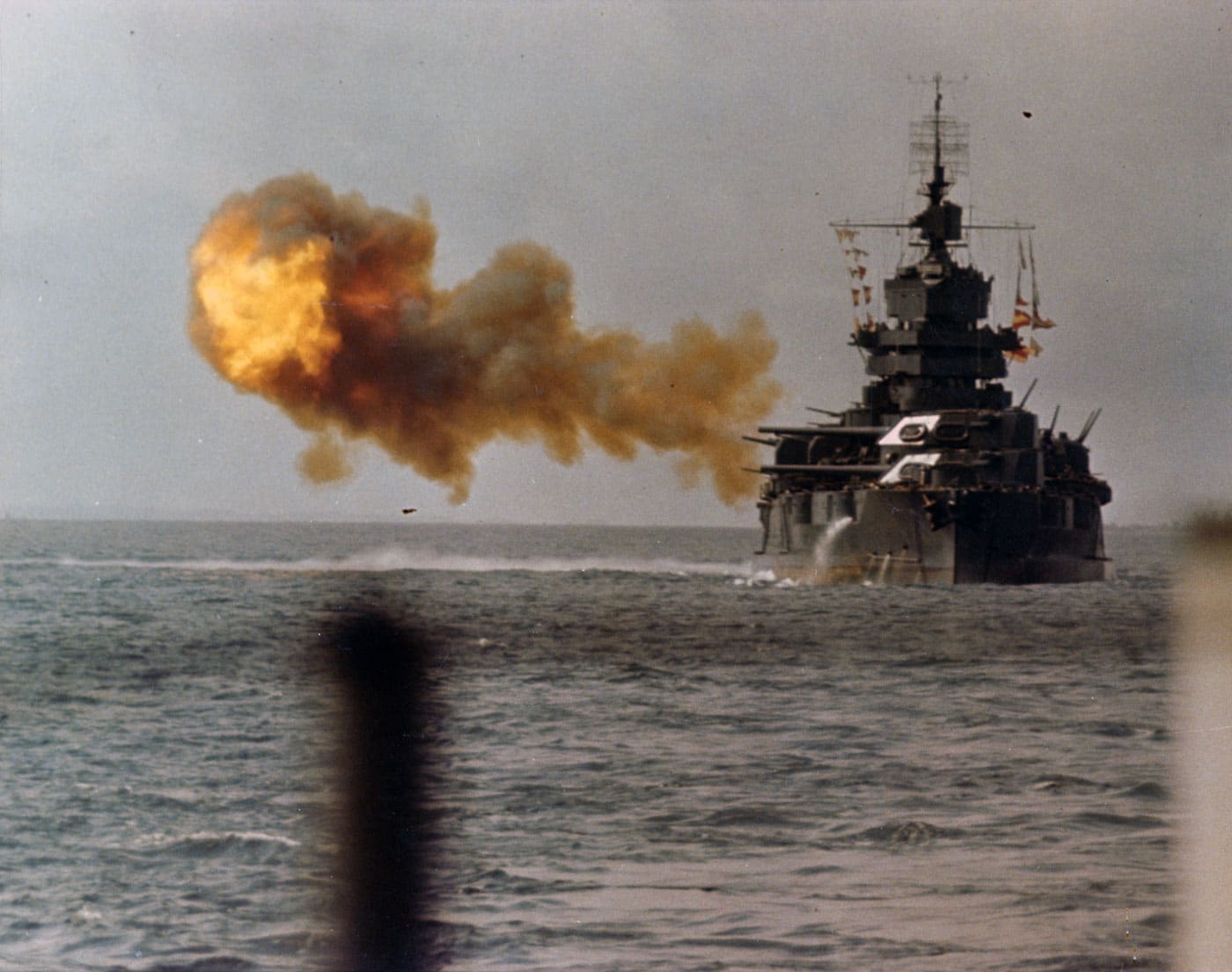
The Idaho and Mississippi were no slouches either. The Idaho earned seven battle stars in WWII while the Mississippi earned eight. Sadly, all three battleships were scrapped after the war.
Tennessee-Class
Another two-ship class, the Tennessee-class battleships were in incremental improvement over the New Mexico ships. The main battery was elevated for improved range, and the ships had improved their underwater protection.
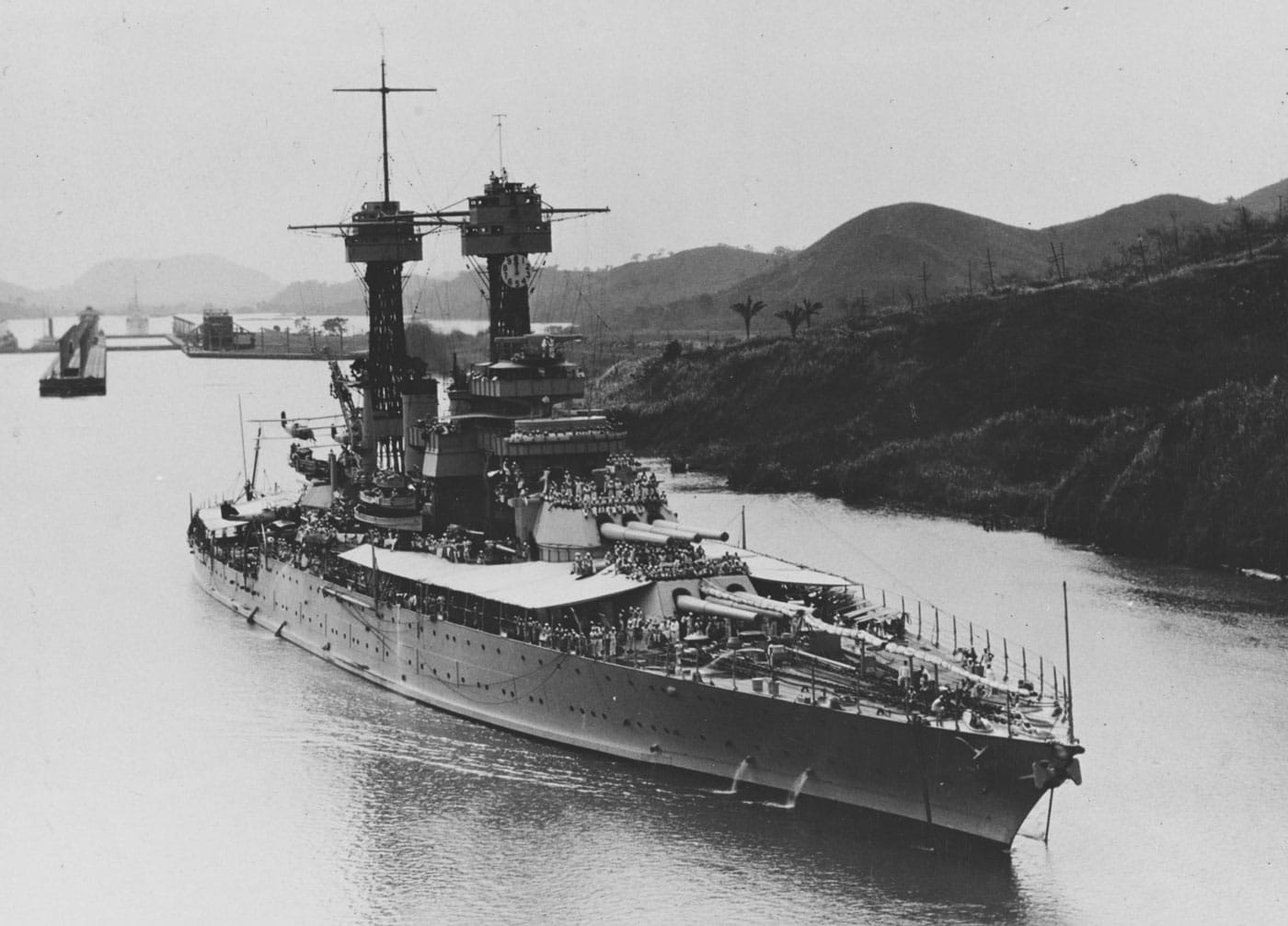
The two ships in this class were the USS Tennessee (BB-43) and the USS California (BB-44). Both ships, products of the Great War, were in Pearl Harbor on December 7, 1941. Both ships engaged enemy aircraft and both were hit multiple times in return. However, both ships survived the sneak attack and went on to repay the Japanese forces multiple times over. Both ships earned 10 battle stars during World War II.
Sadly, both ships were sold for scrap in 1959.
Colorado-Class
The Colorado-class battleships were the last of the Standard Class or Super Dreadnoughts built for the U.S. Navy. Four ships made up this class:
- USS Colorado (BB-45)
- USS Maryland (BB-46)
- USS Washington (BB-47)
- USS West Virginia (BB-48)
All four ships were built in the early 1920s. Three of the ships were in active service on December 7, 1941. One, the Washington, had been sunk as a target in 1924 after it was deemed superfluous due to the Washington Naval Treaty.

Although these had upgraded guns, they were near duplicates of the Tennessee-class battleships. They were the last U.S. battleships with four turrets.
When Pearl Harbor was attacked, the Colorado was on the West Coast of the United States. The Maryland was on Battleship Row and avoided major damage. As such it was able to provide anti-air defenses and assistance to the Oklahoma.
The West Virginia was hit many times; at least seven torpedoes and two 16″ battleship shells converted to bombs hit the ship. Although the damage was extensive and the crew losses severe, the ship was saved and returned to the fleet in 1944. Although she arrived late to the Pacific campaign, she made her presence known and secured five battle stars. The Colorado and Maryland secured two more apiece.
The three ships were scrapped in 1959.
South Dakota-Class
This class of battleship was intended to be bigger and more powerful than any of the ships that came before it. However, the Washington Naval Treaty put these ships on the chopping block and none were completed.
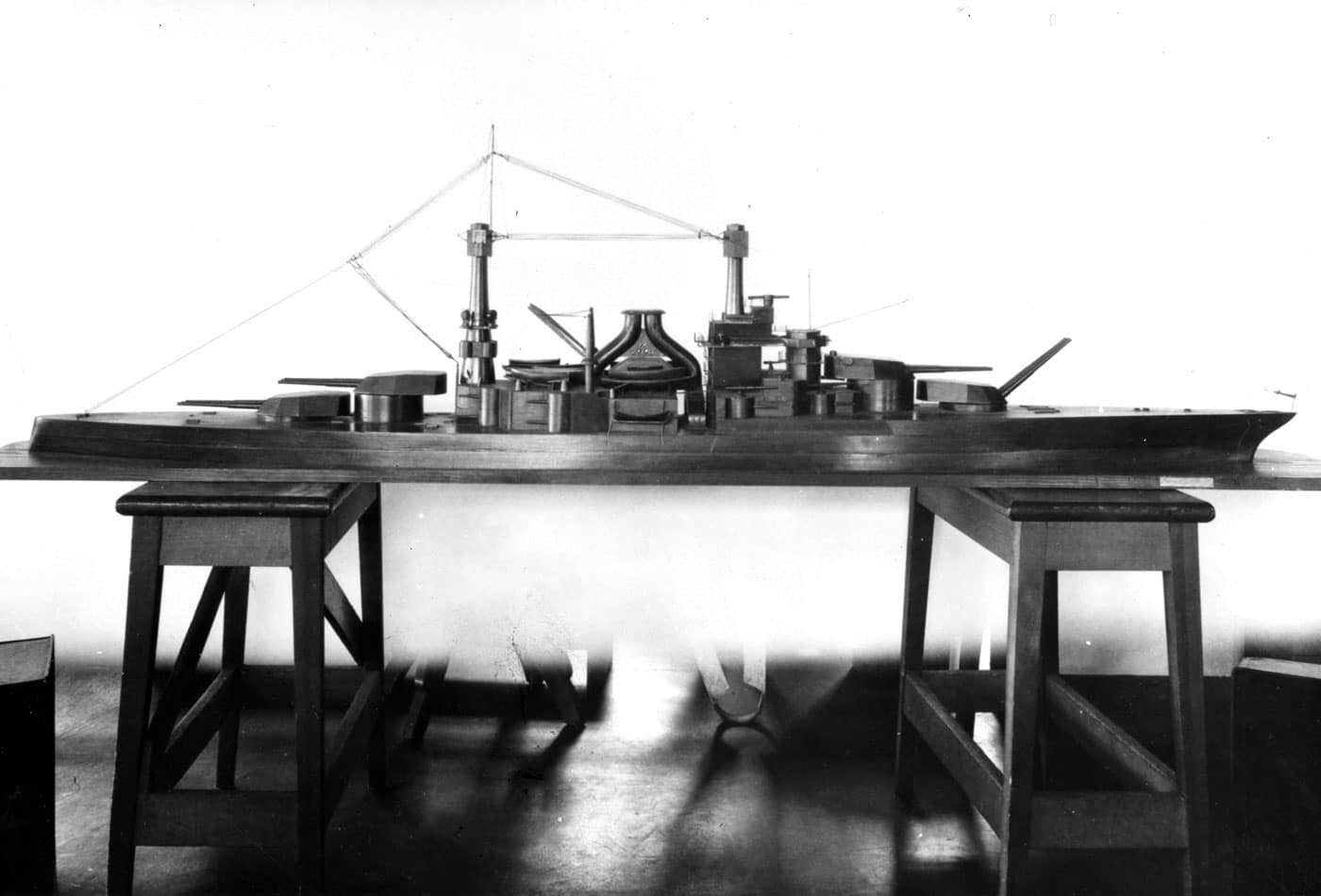
Although all ships were laid down, none were completed beyond about 39%. Each was scrapped in 1923. The ships were to have been:
- USS South Dakota (BB-49)
- USS Indiana (BB-50)
- USS Montana (BB-51)
- USS North Carolina (BB-52)
- USS Iowa (BB-53)
- USS Massachusetts (BB-54)
Treaty Breakouts and Fast Battleships
As the world once again moved toward global conflict, the U.S. Navy called for newer, faster battleships. The new battle wagons were constrained by the Second London Naval Treaty of 1936. However, with Japan’s refusal to sign the agreement, the Navy was able to arm the ships with 16″ guns.
North Carolina-Class
First of the fast ships, the North Carolina-class battleships were fitted with three turrets, each holding three 16″ guns. Additionally, the ships could achieve at least 28 knots. Unlike the older battleships, these could keep up with aircraft carriers — something that would prove important in World War II.
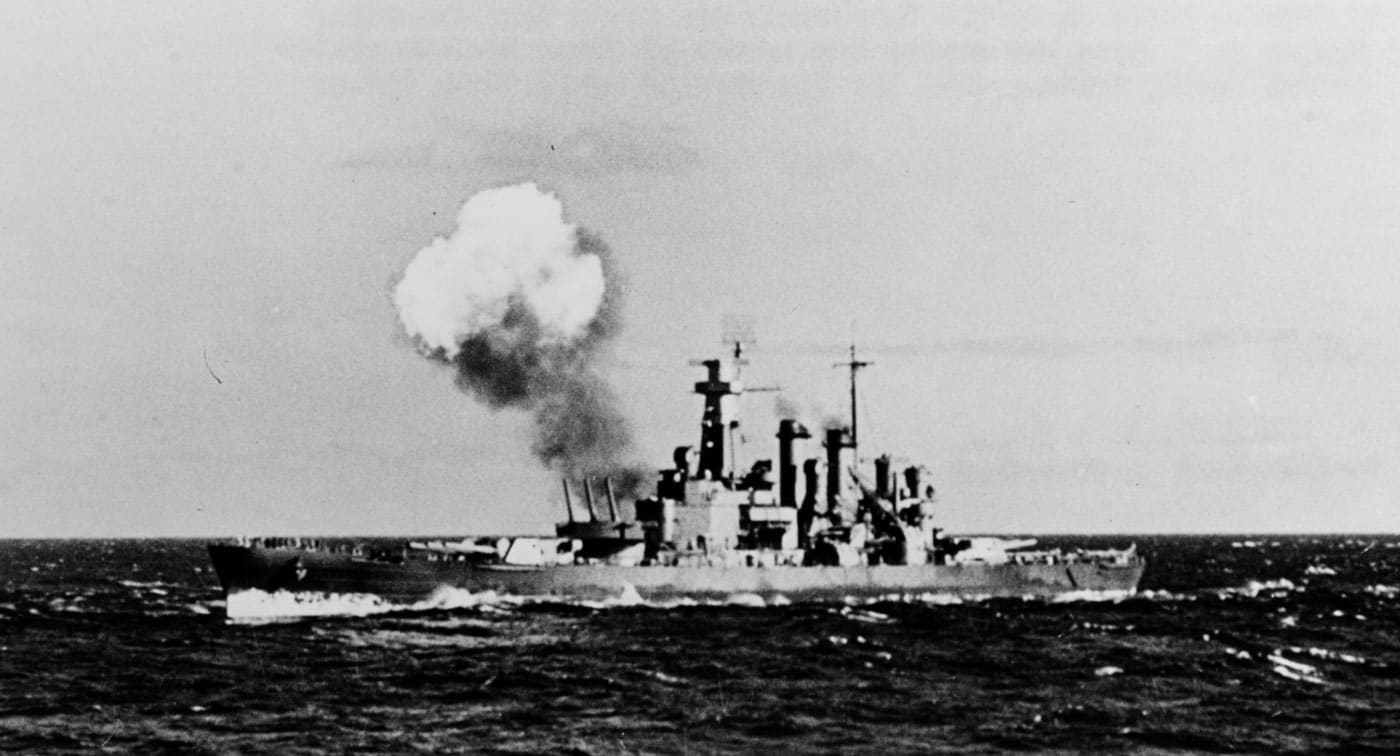
Two ships were part of this class: the USS North Carolina (BB-55) and the USS Washington (BB-56). Both ships were brand new and still working up on the East Coast of the U.S. during the Pearl Harbor attack.
Both ships were very busy during the war. The North Carolina was awarded 15 battle stars while the Washington earned 13. Unfortunately, the Washington was sold for scrap in 1961. However, the USS North Carolina is a museum ship today and can be visited year-round in Wilmington, NC.
South Dakota-Class
Similar to the North Carolina-class, these ships entered service after Pearl Harbor. Four ships were part of this class:
While very similar to the North Carolina-class, the turrets were more compact and armor on both the decks and belt was thickened. Visually, it is easy to distinguish the two classes as the South Dakota-class ships had a single stack while the prior class had two.
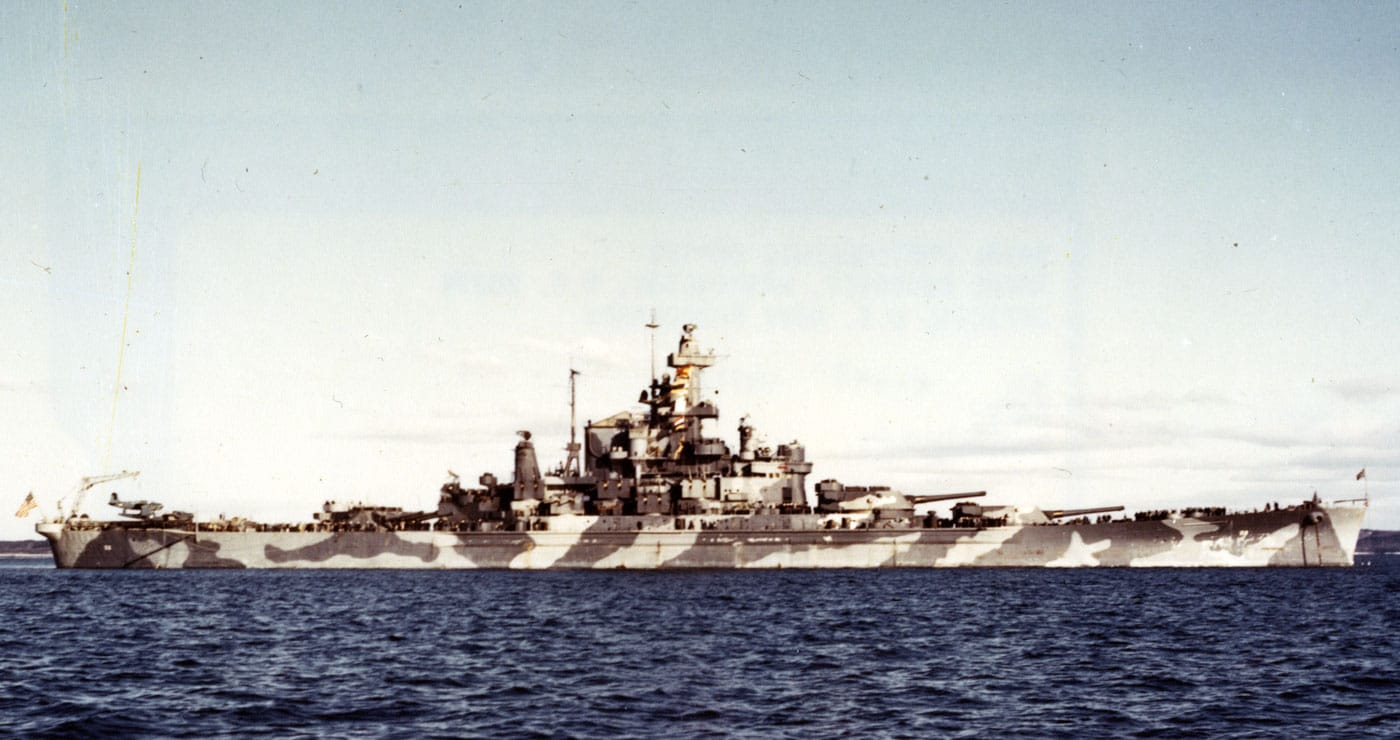
All four of the ships were critical in the U.S. Navy’s combat operations during World War II. The battleships all earned 9-13 battle stars apiece. The South Dakota and Indiana were sold for scrap in the 1960s. However, both the Massachusetts and Alabama serve as museum ships today.
Iowa-Class
Without a doubt, the Iowa-class battleships were the most advanced and best known battleships to ever serve in the United States Navy. These ships were laid down after the beginning of World War II and did not have the restraints of pre-war treaties hindering their design. Additionally, early naval battles influenced the construction of these ships making them elite warriors on the oceans.

When commissioned, these ships were fitted with nine 16″ guns across three main turrets. Secondary weaponry included dozens of 5″, 40mm and 20mm guns.
Six ships were laid down, but only four saw wartime service:
- USS Iowa (BB-61)
- USS New Jersey (BB-62)
- USS Missouri (BB-63)
- USS Wisconsin (BB-64)
- USS Illinois (BB-65) — canceled in August 1945
- USS Kentucky (BB-66) — never completed; sold for scrap in 1950s
Interestingly, neither the Illinois nor the Kentucky were intended to be Iowa-class ships. Both had been slated to be heavier battleships. Naval planners decided that faster battleships would be more important and shifted both to the Iowa-class. However, their construction was never given priority and neither was completed.

All four of the completed Iowa-class ships served with distinction in World War II. What makes them even more interesting is the post-WWII service of these ships. All four ships served during the Korean War. The New Jersey also served during the Vietnam War.
Nuclear munitions were developed for the 16″ guns. Never used, thankfully, the battleships could have served as a larger part of the sea-based leg of the nuclear triad.
In the 1980s, all four ships were modernized and returned to service. In a successful effort to counter the Soviet military build up during the Cold War, President Reagan commanded the ships pulled from the mothball fleet and receive a complete overhaul.
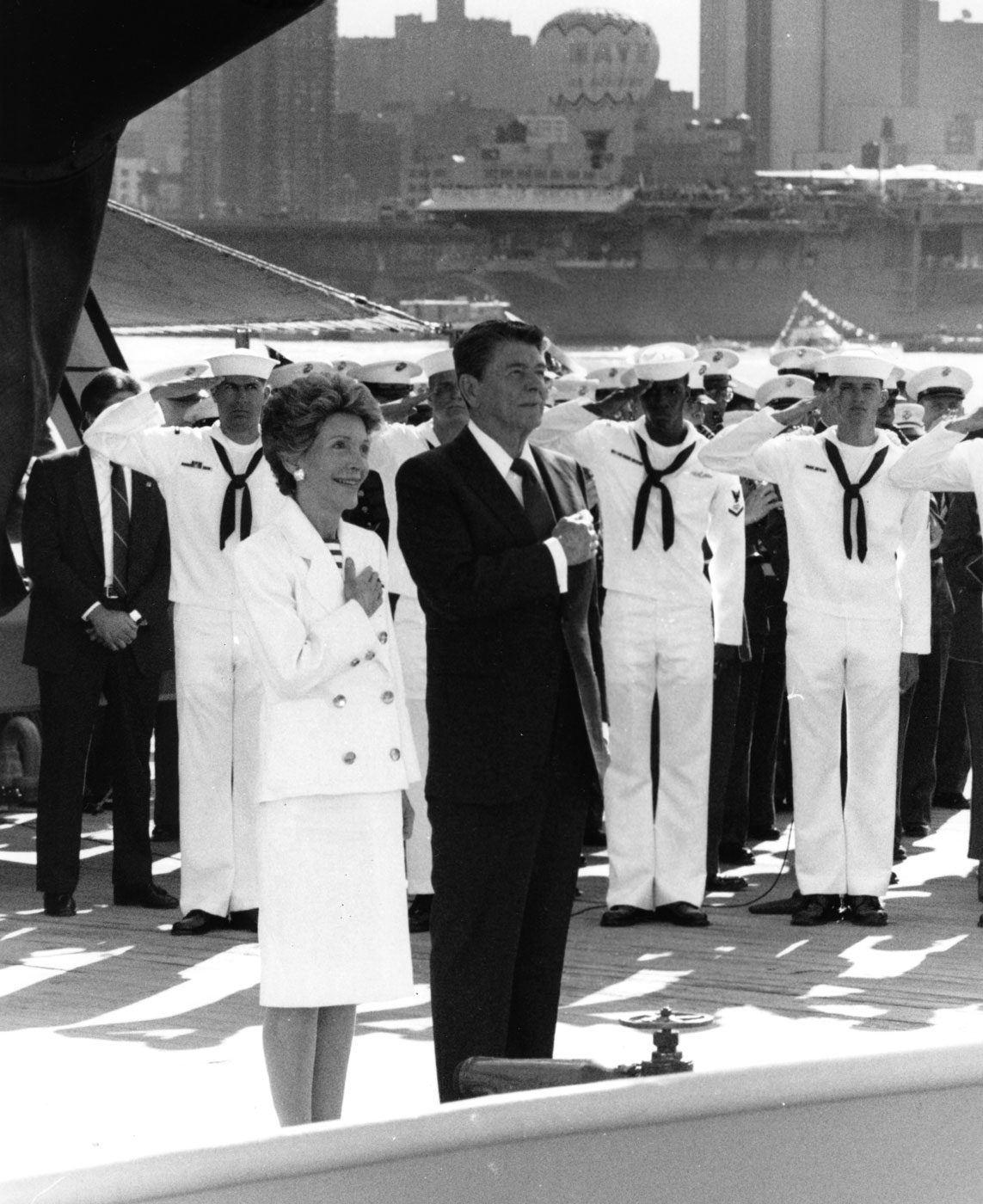
Ships were fitted with an updated propulsion system, new electronic warfare equipment and armament unheard of during their prior service. Weapons included Harpoon anti-ship missile launchers, Phalanx close-in weapons, and nuclear-capable Tomahawk missiles. That’s all in addition to the refurbished 16″ guns.
These ships were so advanced that the Navy formed Surface Action Groups (or Battleship Battle Groups) around them. Iowa-class ships supported the peacekeeping mission in Lebanon and during the Gulf War. All ships were decommissioned in the 1990s and have since become museum ships around the country. The Iowa is in Los Angeles, the New Jersey is in Camden, NJ, the Wisconsin is in Norfolk, and the Missouri serves alongside the USS Arizona in Pearl Harbor.
Montana-Class
Montana-class ships were designed to be extremely powerful battleships that would have four turrets of thee 16″ guns each (total of 12 16″ guns). Armor and displacement was significantly more than that of the Iowa-class ships, though at the cost of speed. Top speed would have been about 28 knots.
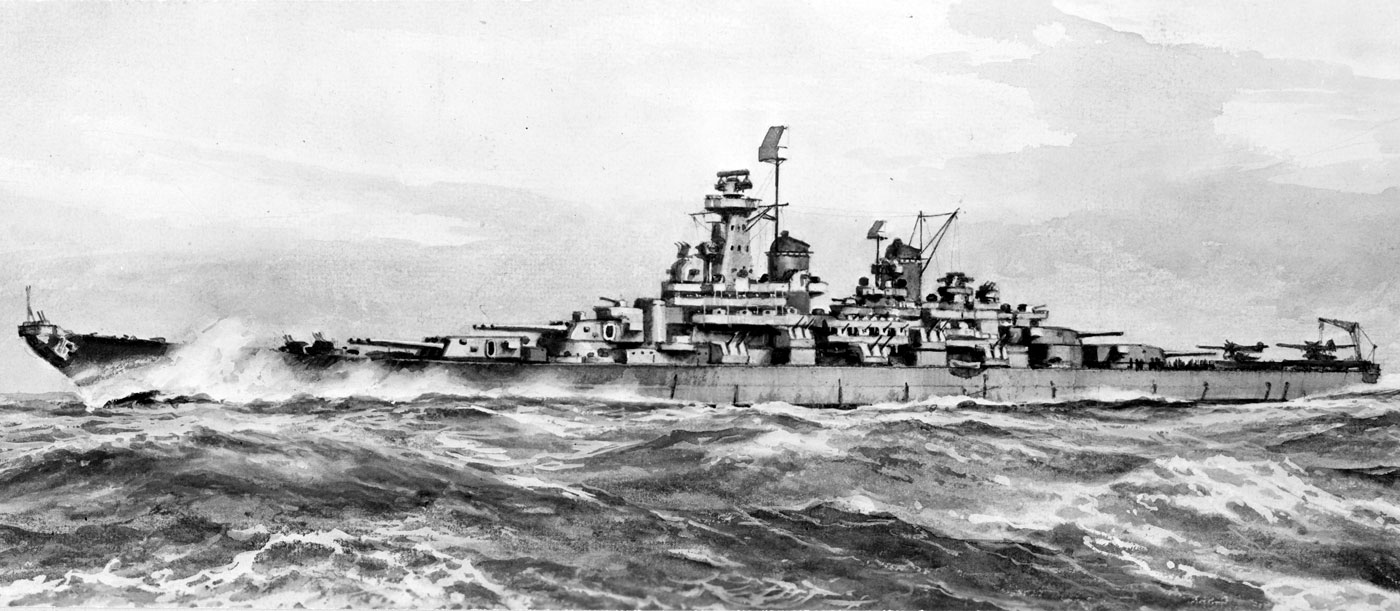
Ultimately, none of the ships were laid down as war priorities shifted. Authorized in 1940, the project was canceled in 1943. That was how fast naval warfare was changing. If completed, the ships would have been:
- USS Montana (BB-67)
- USS Ohio (BB-68)
- USS Maine (BB-69)
- USS New Hampshire (BB-70)
- USS Louisiana (BB-71)
Why the Battle Line Changed
Treaty ceilings held displacement and gun size in check for nearly two decades, forcing designers to trade among speed, armor, and armament. As global war loomed, the Navy stepped beyond 21 knots: North Carolina and South Dakota brought 27-knot “balanced” designs, and the Iowas stretched to 33 knots to screen fast carriers and deliver long-range shore bombardment.
Ultimately, air power and submarines eclipsed battleships, but the last four American battlewagons remained relevant — although briefly — through modernization: radar fire-control, heavy dual-purpose 5-inch batteries, Tomahawk and Harpoon missiles, and Phalanx CIWS.
Even that was not to last. Battleships ultimately were obsolete in modern navies. Some have said they were just large, floating targets.
Today, most of America’s battleships have been scrapped. Yet a few remain as museum ships. If you have the opportunity, it is worth visiting these floating museums. They are awe inspiring and highly educational.
Editor’s Note: Be sure to check out The Armory Life Forum, where you can comment about our daily articles, as well as just talk guns and gear. Click the “Go To Forum Thread” link below to jump in!
Join the Discussion
Read the full article here



